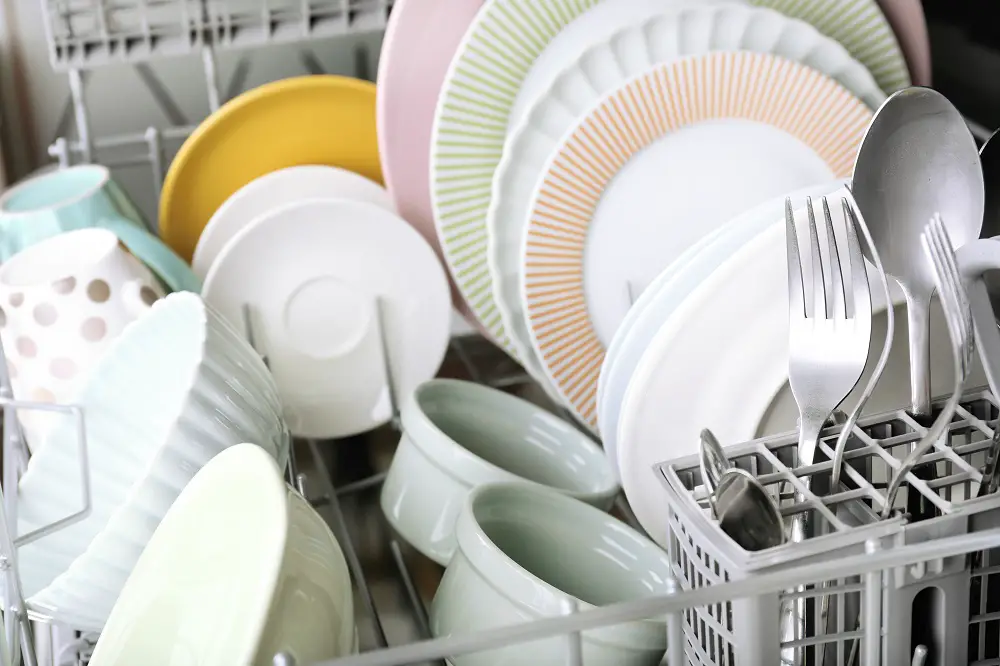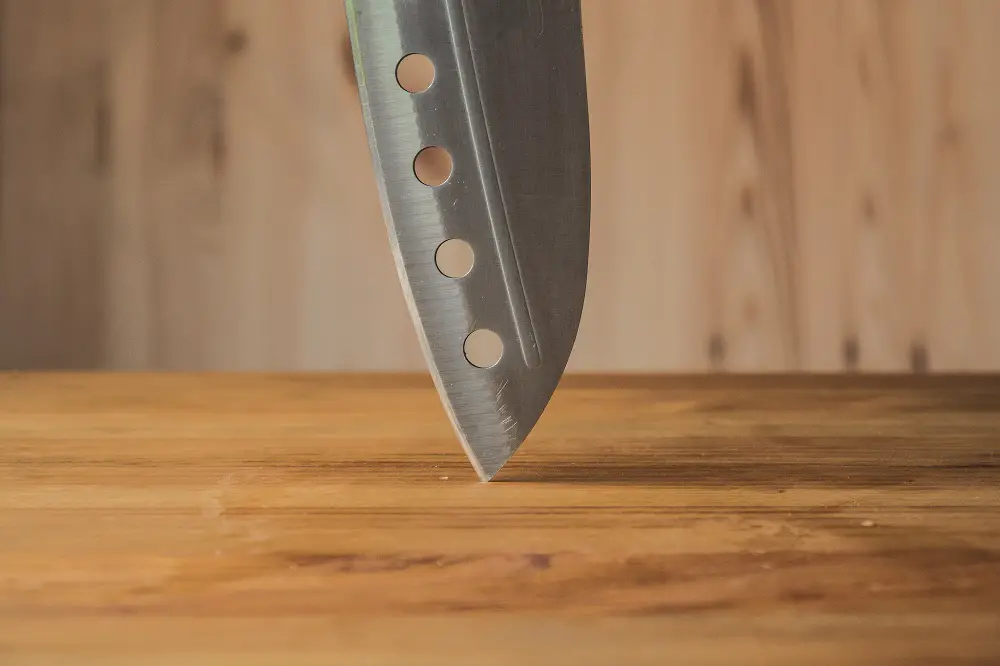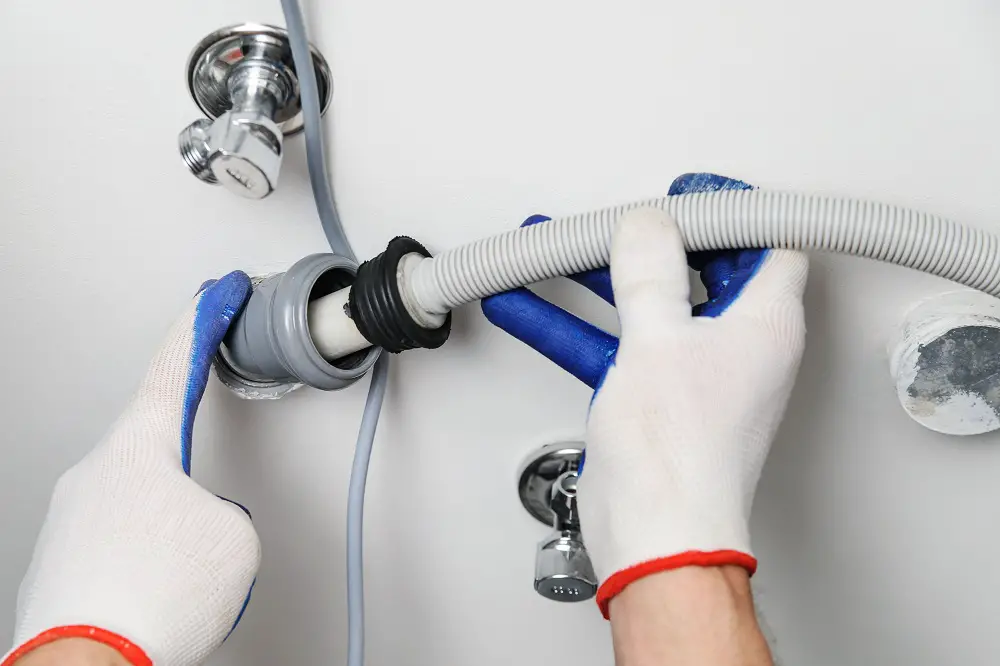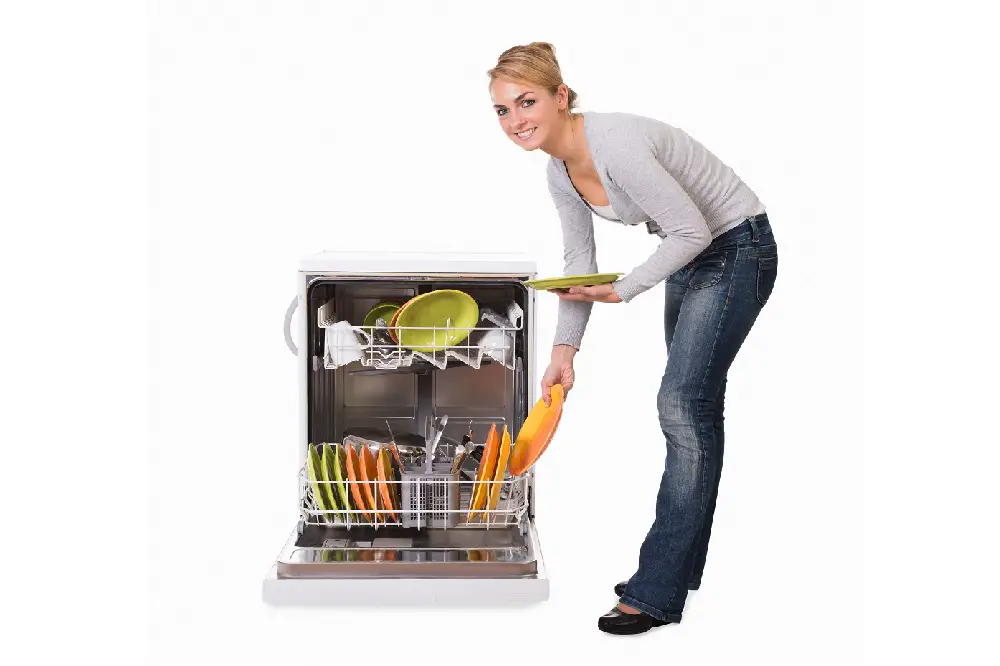While the many benefits of portable dishwashers make them a great alternative to handwashing, there’s no denying the hassle of attaching and detaching the water line and drain line for every use.
Fortunately, a portable dishwasher can be installed as an under-counter or built-in dishwasher with a few modifications to the dishwasher and plumbing connections.
You can even take this up as a DIY project with a few basic tools, some electrical and plumbing skills, and the right conversion kit.
Table of Contents
Requirements to Use a Portable Dishwasher as Built-In
If you’re keen on converting your portable dishwasher to a built-in dishwasher, here are the requirements to do so:
- Location
- Water connection
- Drain system
- Power supply
- Mechanical considerations
- Fitting cabinets
Permanent Installation of a Portable Dishwasher
For the permanent installation of a portable dishwasher, certain modifications are required.
1. Location
Locating the dishwasher closer to the kitchen sink as much as possible is essential.
One of the reasons to do this is that the water discharge pump might not be powerful enough to pump the dirty water at a great distance. You should also ensure the height difference for the pump to achieve is as low as possible.
Locating your dishwasher close to the sink makes the water supply and drain easier.
2. Water Connection
Portable dishwashers are equipped with a water inlet hose to connect to a sink faucet and a drain hose to drain into the sink drain.
Converting a portable dishwasher to a built-in dishwasher requires replacing these lines with permanent plumbing connections.
To begin, purchase a dishwasher installation kit for your dishwasher brand.
Universal Installation Kit
An installation kit like this comes with the necessary connectors and has a power cord included that can be useful when doing the electrical connection.
You may need some slightly different connectors, depending on your installation, but this is a good starting point
This set includes the basic stuff and comes with very fair costs.
Replace the old water inlet line with the new one in the installation kit. A flexible water line is also a good option. Using this, attach a water line adapter to the shutoff valve on the hot water line below the sink, and use contact cement.
For hot water, you could also consider running an independent line from a water heater.
For Countertop Dishwashers
If you didn’t have the space for a portable dishwasher on wheels and got a countertop dishwasher, you could consider the option of permanent plumbing.
This might require cutting a hole in the countertop to pass the pipe connecting to your sink’s plumbing. For marble or granite countertops, consider getting a professional to cut the hole (there’s the risk of cracking in a DIY attempt).
A flexible water line via a water line adapter to the dishwasher’s inlet and a hot water supply from the hot water line of your kitchen sink or straight from the water heater are other required fittings.
3. Drain System
Remove the old drain hose along with the brass fitting. Replace it with the installation kit’s fitting and connect the dishwasher’s new drain line fitting to the kitchen sink’s drain pipe or garbage disposal unit.
Suppose you don’t have a garbage disposal unit installed, purchase a new dishwasher drain adapter and install it in the sink drain.
Tap into the kitchen sink’s drain pipe to make a permanent drainage system. Start by cutting the PVC drain pipe.
Then, with a coupler and pipe adapter, connect the drain hose to the drain pipe using contact cement. Create a closed drain system by reconnecting all the pieces.
The exact items largely depend on your specific installment and how you want to solve the connection issue. There are multiple options for every single installation and you don’t have to bother too much about the correct way, as long as you have a connection to the right hose with a good connection.
You may need something like this:
For Countertop Dishwashers
Connect the countertop dishwasher’s drain hose to the drain opening of your garbage disposal unit or the sink’s drain pipe.
To tap into the sink’s drainage pipe, consider hiring a professional or, for DIY, use pipe cement to maintain a closed drain system without any leaks.
4. Power Supply
The outlet used for the power cord of dishwashers can be shared with another appliance, like a trash compactor or a garbage disposal unit. You can either use an existing power outlet above the counter or install a new outlet below the counter.
When installing your portable dishwasher under the kitchen counter, drill a hole in the counter to pass the dishwasher’s power cord through (if using an existing power outlet above the counter).
If you plan on installing a new outlet below the counter, shorten the power cord to a length sufficient to reach the outlet. Hire an electrician to do the work for you if you lack electrical expertise.
For Countertop Dishwashers
You could place your countertop dishwasher under the counter to save counter space. However, you’ll also need an additional electricity source to power the dishwasher, preferably below the counter.
Although, if you’d like to avoid the hassles of installing an additional electrical outlet, consider drilling a hole in the counter and running the electrical cord to any existing outlet above the counter.
5. Mechanical
Before converting a portable dishwasher into a built-in one, you’ll need to remove the wheels or casters that make it easy to move the appliance around.
Inspect the casters to check if they’ve been slipped into sockets at the bottom of the dishwasher. They could also be secured with nuts or screws. Then, use the appropriate tools to remove them.
6. Fitting Cabinet
To give the dishwasher a built-in look, you’ll have to trim it. While you can cut using your own plywood, you can also use pre-manufactured trimmer pieces available in the cabinet department of home-improvement centers.
Paint or stain the trim to match your kitchen cabinets’ finish.
Exceptions
Not all portable dishwashers are easily converted into under-the-counter appliances.
Top-loading dishwashers with a top-mounted control panel, can’t be converted into a built-in dishwasher to fit under the counter.
However, you could try cutting into your countertop to provide the required space for the unit.
Problems When Using a Portable Dishwasher as Built-In
Unless the process of converting a portable dishwasher into a built-in one is done perfectly, there are bound to be problems when using it.
- Noise Levels
Since portable dishwashers are made differently from built-in dishwashers, there are chances that they might be noisy after installation below the counter. - Installment leakages
Using 3rd party connections come with a higher risk of some failures. If the water supply or drain connections aren’t proper, it could cause leaks under the counter. - Weak Pump
For countertop dishwashers, if the drain hose is higher than 15 inches, it could prevent water from draining correctly and cause flooding. - Unplanned moisture
Constant leaks could cause humidity issues and shorten the dishwasher’s life span.
While these are the main points between portables and regulars, we do have some more interesting facts everybody should know: What is the Difference Between Built-In Dishwashers and Portable Dishwashers.
Should You Buy a Permanent Dishwasher Instead?
If you have the space to accommodate a dishwasher within your kitchen cabinetry, a built-in dishwasher is the best option.
Built-in dishwashers operate with a lower noise level and have more capacity than portable dishwashers. They also offer a wide range of features and are made to be installed as under-the-counter appliances for better operation.
The only advantage that portable dishwashers offer is the price. Portable models are cheaper than built-in ones owing to the limited access to the sink.
However, portable dishwashers might be the only way to go if space is an issue.
Conclusion
As convenient as any dishwasher is for washing dishes, it will require a few modifications if you decide to convert your portable dishwasher into a permanently connected one.
From locating it close to the sink and fitting it into the cabinets to providing a water supply, drain system, and power source and removing any wheels or casters, it requires a one-time effort to use as a built-in dishwasher.
Of course, to avoid any problems with your converted dishwasher, you’ll have to ensure all the fittings are perfectly sealed and tight with a simple inspection.
However, if you’re considering buying a new dishwasher and have the space, go for a built-in dishwasher to avoid the hassle of converting one later.







